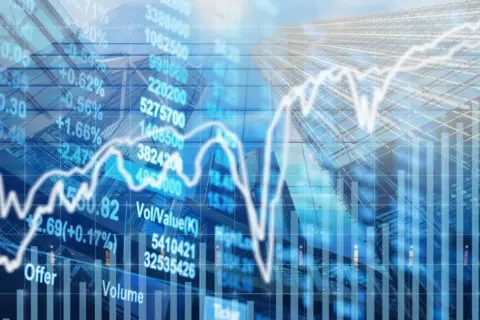Brexit: What is an economic forecast?
 Getty Images
Getty ImagesThe government has published its official economic analysis of the impact of its Brexit deal.
It suggests the government's version of Brexit could leave the size of the UK economy up to 3.9% smaller after 15 years, compared with staying in the EU.
But a no-deal Brexit could deliver a 9.3% hit - according to the forecast.
Separately, the Bank of England is due to publish its Brexit assessment at 1630 GMT.
But what exactly do economists mean by "forecasts" and how accurate are they?
What is a forecast?
A forecast is not a guess. It is a calculation made by economists of the most likely thing that will happen in the future, given all the facts available.
Historical experience, existing conditions, intended policy - the government approach to Brexit for example - and a variety of possible future events are fed into a computer model which then produces a range of different outcomes.
The central forecast is the one that comes in the middle of the most extreme outcomes.
Can they be wrong?
In one respect a forecast is a bit like rolling two dice. The most common number you are likely to throw is a seven - that would be the central forecast.
Now, you could get two or you could get 12. That doesn't mean that the forecast of seven was wrong, it was just that a more unlikely outcome happened.
Forecasts contain what is called a "distribution" - that is an upper and lower figure to show a range of possibilities.
So, it's random, like dice-throwing?
No, a forecast is more than a roll of the dice, which is random. It's a calculation based on experience, facts, judgement and statistics.
On trade, for example, there are plenty of statistics which show the economic effects of more open trade between countries or more barriers to trade.
A forecast is an attempt to use past events to predict the future (not always with complete precision) and is seen as useful in showing a direction of travel - better for the economy or worse - given what we know historically.


